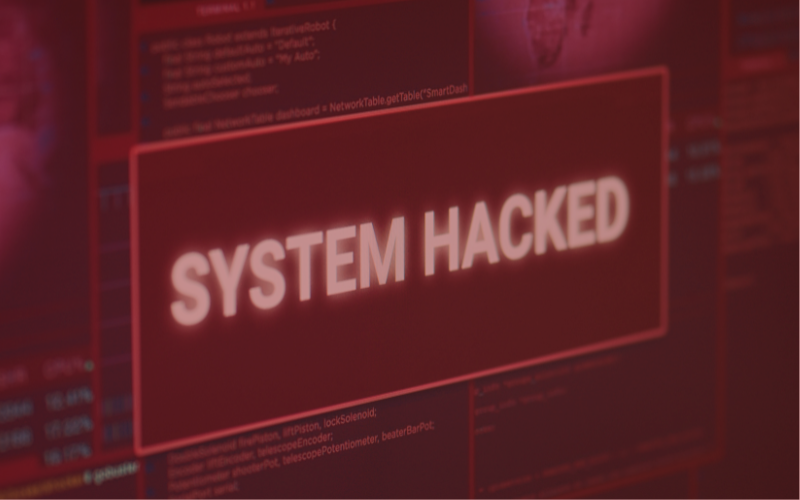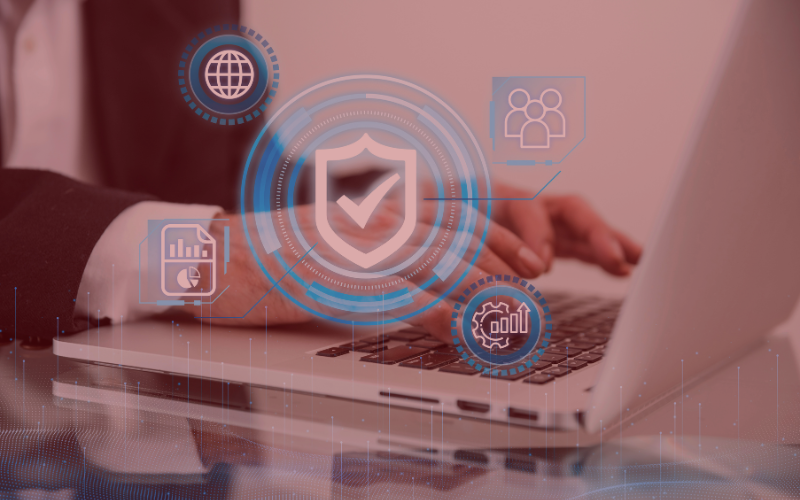Specific cybersecurity measures against ransomware
By Marc Bernaldo on Jun 25, 2024 9:20:41 AM

To give us a little context on the current state of ransomware attacks, the annual Sophos report, "The State of Ransomware 2023," reveals that cybercriminals successfully encrypted data in 76% of all ransomware attacks against the surveyed companies in the report. In 30% of the cases where the data was encrypted, it was also successfully exfiltrated."
However, on the other hand, the "Ransomware Landscape in 2023" report highlights that fewer and fewer companies are willing to pay the ransom demanded by cybercriminals in the event of a ransomware attack, in exchange for not disclosing the stolen information.
This is a noteworthy and significant development as it indicates that the awareness efforts carried out by cybersecurity companies and institutions, such as ESED, over the years are bearing fruit."
However, the main issue does not lie in whether companies agree to pay the ransom or not, but rather in the fact that ransomware cyberattacks continue to increase due to the advancement of technology. These attacks are becoming more sophisticated and harder to detect. Therefore, taking extra precautions and remaining vigilant will be of paramount importance.
How to protect against ransomware cyberattacks? What cybersecurity measures will be necessary in the coming years?
First and foremost is to implement and have a good firewall. Firewalls serve as the first line of defense for a device. They monitor incoming and outgoing traffic, intercepting suspicious behaviors that may pose a threat and blocking access accordingly
At ESED, we work with a firewall that utilizes Deep Learning technology (machine learning), capable of automatically detecting threats before they access your network
Additionally, it's important that all your devices have an antivirus or endpoint solution installed and configured. Currently, at ESED, we recommend Endpoint systems with XDR technology and MDR capabilities. These can trace the origin of a threat and automatically intercept it before it spreads to other devices.
It's crucial to regularly back up all your information, data, and systems. This way, in the event of information theft and data leakage, you can quickly and seamlessly recover the data.
At ESED, we provide backup services specifically designed to withstand next-generation attacks, ensuring that, in the event of a disaster, information can be recovered. Are you familiar with the 3-2-1 backup rule? This is the rule we follow at ESED to ensure the security of our clients' data. We can recover information even when backups have been compromised by a cyberattack, thanks to copies stored on different platforms.
Furthermore, it's of utmost importance to keep your systems always up-to-date to enable them to block and intercept next-generation threats. One of the reasons for updates is to ensure that systems can detect new threats or known zero-day threats.
Another option to prevent ransomware cyberattacks is network segmentation, meaning dividing it into segments to limit the scope of an attack.
As a final recommendation in this article, but no less important, is to have the support of an IT technician specializing in cybersecurity who can periodically monitor the IT infrastructure to address any potential security gaps that may arise in the company's system
By taking the aforementioned precautions and ensuring that your company's cybersecurity solutions are well-configured, your chances and assurances of stopping a ransomware cyberattack attempt in time will be much higher.
For any questions or additional information about ransomware, you can contact us through the following link.
You May Also Like
These Related Stories

Complete guide for data protection in consulting and law firms

Email Security 2024




.png?width=262&height=150&name=accio-10-negre%20(1).png)

